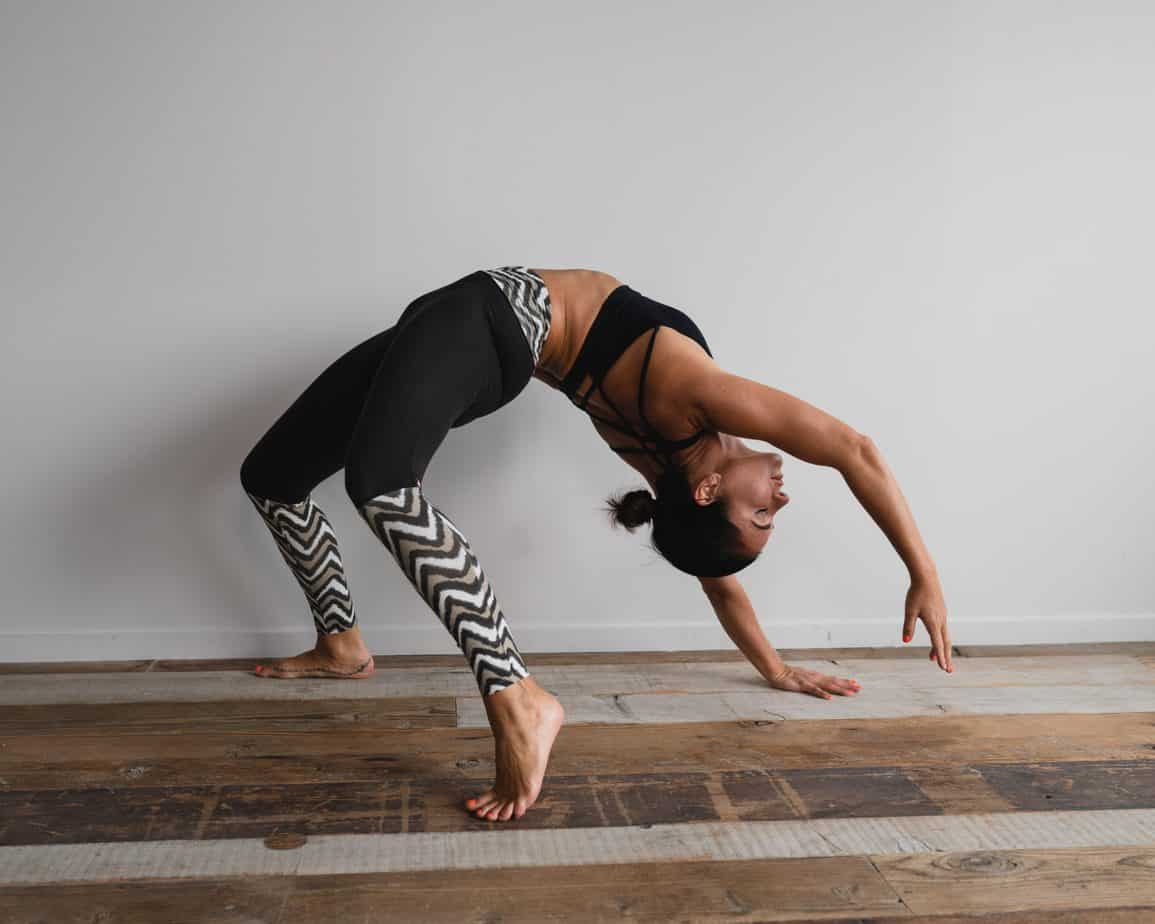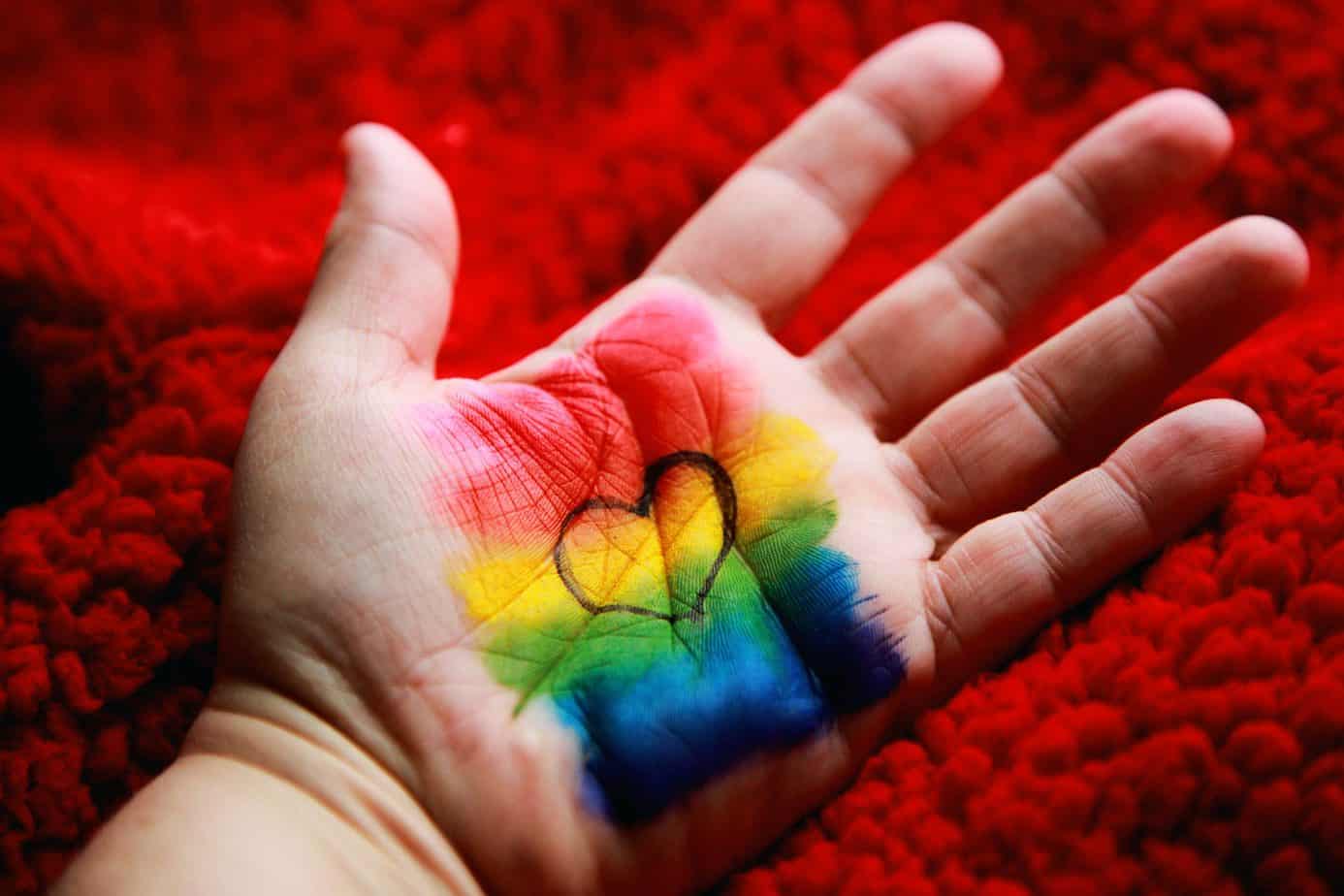Pelvic Floor Dysfunction in Athletes

The impact of pelvic floor dysfunction has become much more apparent in the women’s health world. This is something that most pelvic floor therapists have been waiting for, but there are many populations that are rarely discussed – including pelvic pain within athletes.
Athletes are a group particularly susceptible to pelvic floor pain and injuries. The pelvic floor muscles form the bottom border of our “core,” and are crucial for athletes. They contribute to the stabilization of the spine and pelvis during functional movement, helping coordinate movement of the arms and legs commonly seen in athletic competition. During training, no matter what sport you may participate in, it is common to have pelvic floor symptoms and they are overlooked and deemed as common. What are some examples of this? A gymnast or dancer may leak urine during a routine and this is considered as normal. Instead of making this part of the norm… what if athletes participated in pelvic floor PT BEFORE these symptoms start occurring?
Literature shows the highest prevalence of pelvic floor disorder involves high impact activities, such as track and field, gymnastics and ball games. Activities such as jumping and running that occur with athletic participation place increased stress onto the pelvic floor. When these muscles, fascia and ligaments are negatively impacted, athletes can experience pain, weakness and dysfunction.
Signs and Symptoms of Pelvic Floor Dysfunction
What are some warning signs of pelvic floor dysfunction that athletes can look out for? One of the first symptoms of dysfunction is chronic pelvic pain, which includes pelvic floor muscle spasms. Those can be immediate and scary, but not always.
What do pelvic floor spasms feel like? They feel like a sudden sharp pressure in the vagina or rectum. It’s important to pay attention to those, because while they are uncomfortable, we tend to write them off or not want to talk about them. But they can be a symptom of major problems.
Some other pelvic floor pain includes:
- Pain with wearing certain clothing
- Pain with prolonged sitting
- Pain with intercourse
- Pelvic heaviness, pulling and/or fatigue
How can we help?
Have questions or concerns?
References:
https://www.sportsinjurybulletin.com/the-athletes-pelvic-floor/







